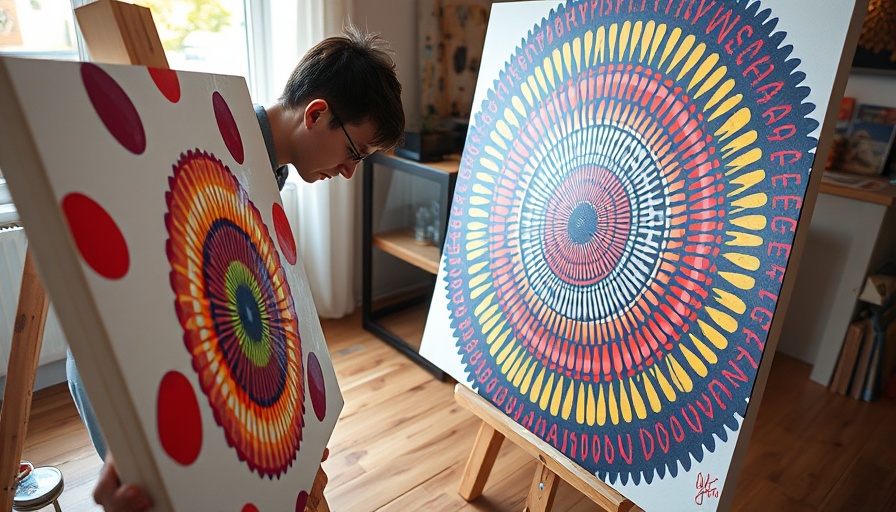
Understanding the Eye Care Gap
Access to eye care remains a significant issue across much of the world. While advancements in eye health technologies have made diagnosing and treating conditions easier, disparities in access can lead to grave consequences, particularly in underserved communities. Many people still do not have access to comprehensive eye examinations or timely treatment of ailments like glaucoma or diabetic retinopathy, resulting in avoidable vision loss.
The Importance of Regular Eye Examinations
Regular eye check-ups are essential for maintaining good vision and overall health. According to the World Health Organization, early detection is crucial for preventing serious eye conditions. Unfortunately, many individuals neglect eye care due to financial constraints, lack of awareness, or appointment availability. This neglect can exacerbate issues that could have been easily managed if diagnosed early.
Innovative Solutions to Eye Care Access
To address these gaps, various organizations are embracing innovative solutions. Telehealth services are becoming an increasingly viable option, allowing patients to consult with eye care professionals without needing to travel long distances. Furthermore, mobile eye clinics are emerging as a practical way to deliver care directly to underserved areas, ensuring that even the most isolated populations receive necessary services.
Government and Community Initiatives
Local governments and community organizations are stepping up, creating programs aimed at improving eye care access. Initiatives like free vision screenings and subsidized eye exams have proven effective in raising awareness and providing necessary treatments. Health education campaigns also play a critical role in informing the public about the importance of regular eye exams and available resources.
Global Perspectives on Eye Health
Globally, the push for better eye care is reflected in various international agreements, like the World Health Assembly’s commitment to universal eye health. This framework calls for comprehensive eye care services to be integrated into primary healthcare systems, ensuring that everyone has access to quality treatment regardless of geographical or socioeconomic barriers.
Actionable Steps You Can Take
As individuals, there are impactful steps we can take to help close the eye care gap. Advocating for eye health awareness in our communities and supporting local initiatives focused on eye care can create a meaningful difference. Additionally, regular personal eye check-ups can set an example for others, emphasizing the importance of preventative health measures.
Concluding Thoughts
In closing, the gap in eye healthcare is not an insurmountable challenge but rather an opportunity for communities to engage and innovate. Only through collective awareness and action can we ensure that everyone has the opportunity to benefit from essential eye care services.
 Add Row
Add Row  Add
Add 




Write A Comment